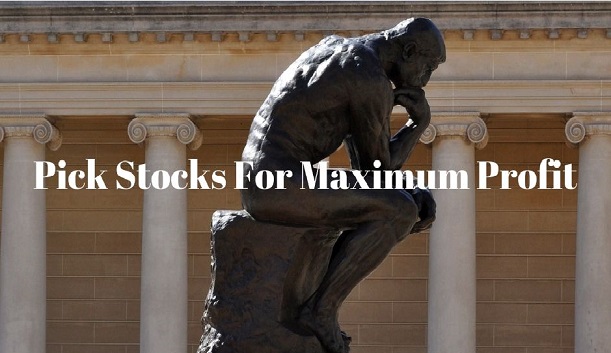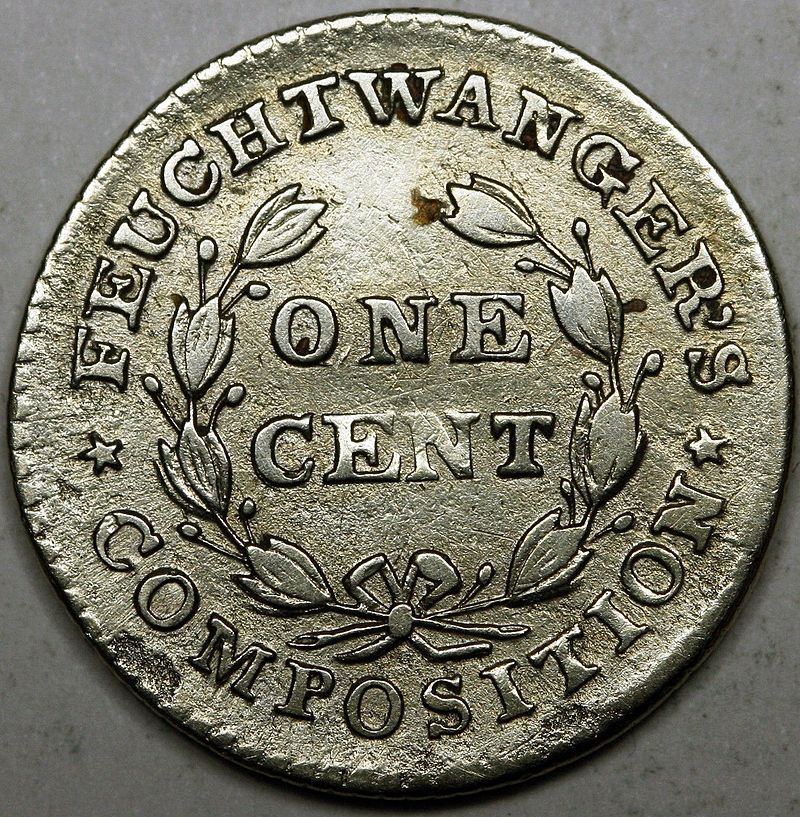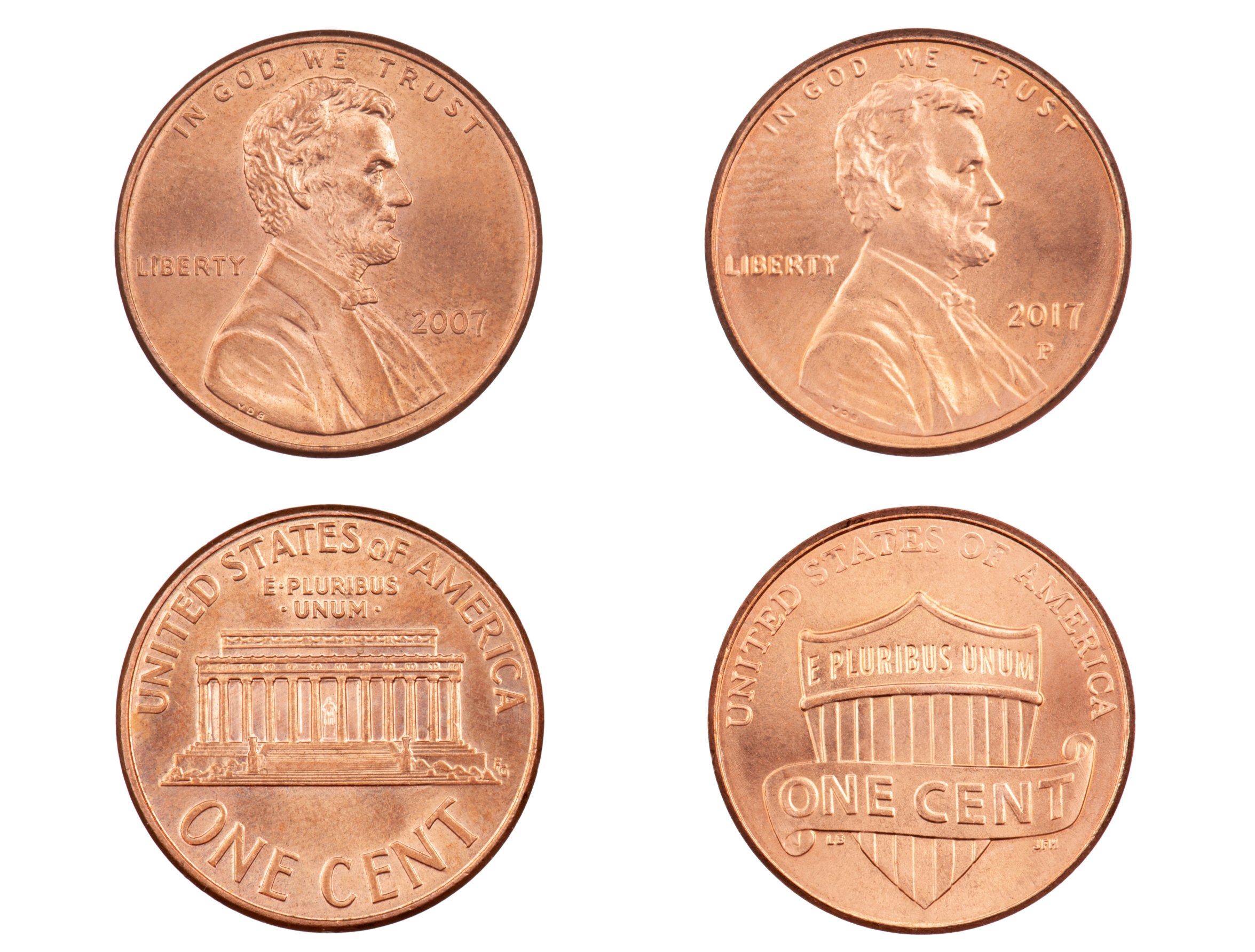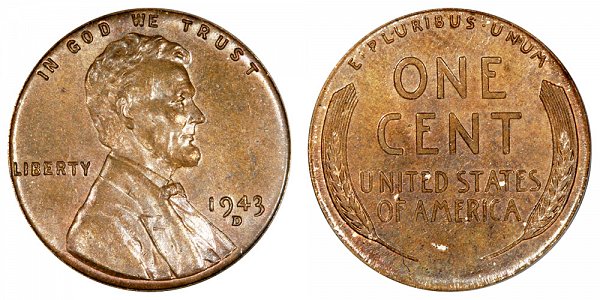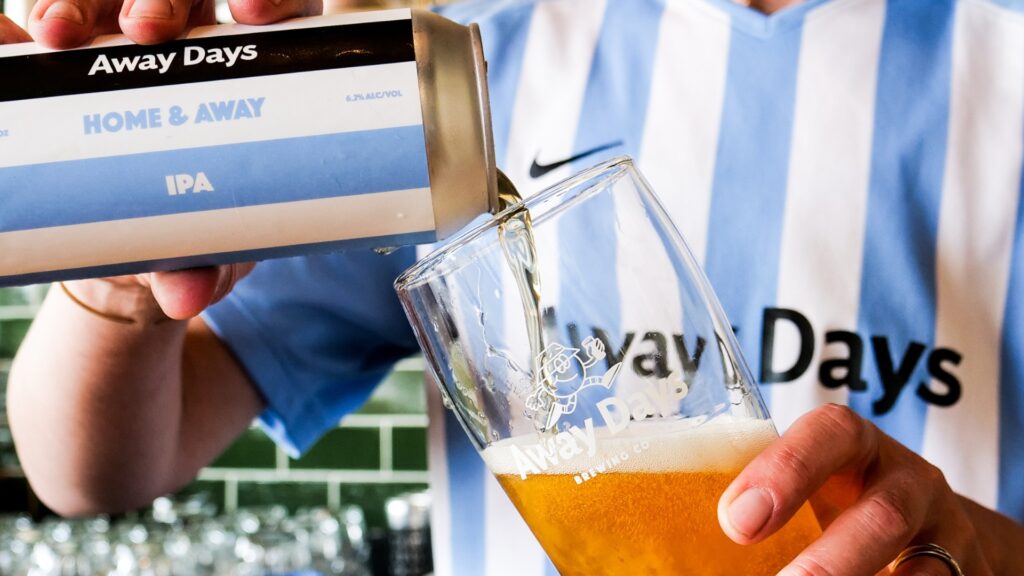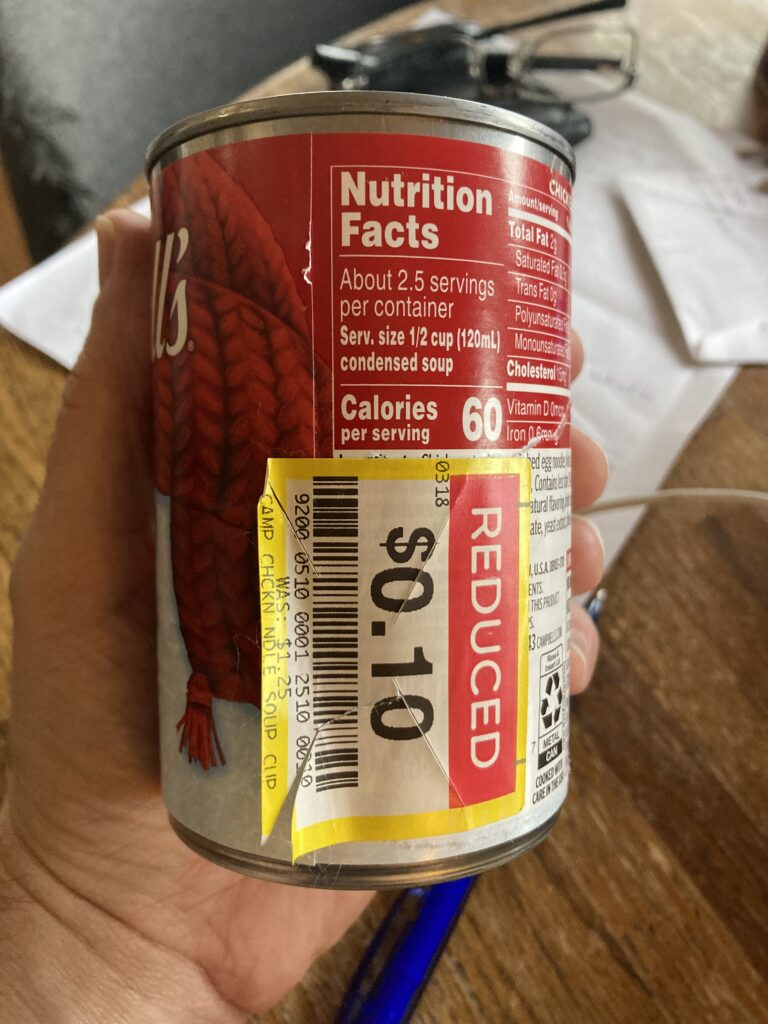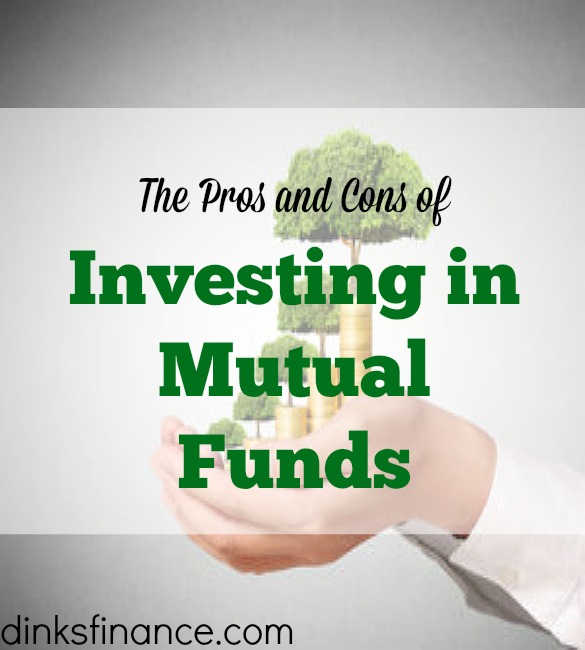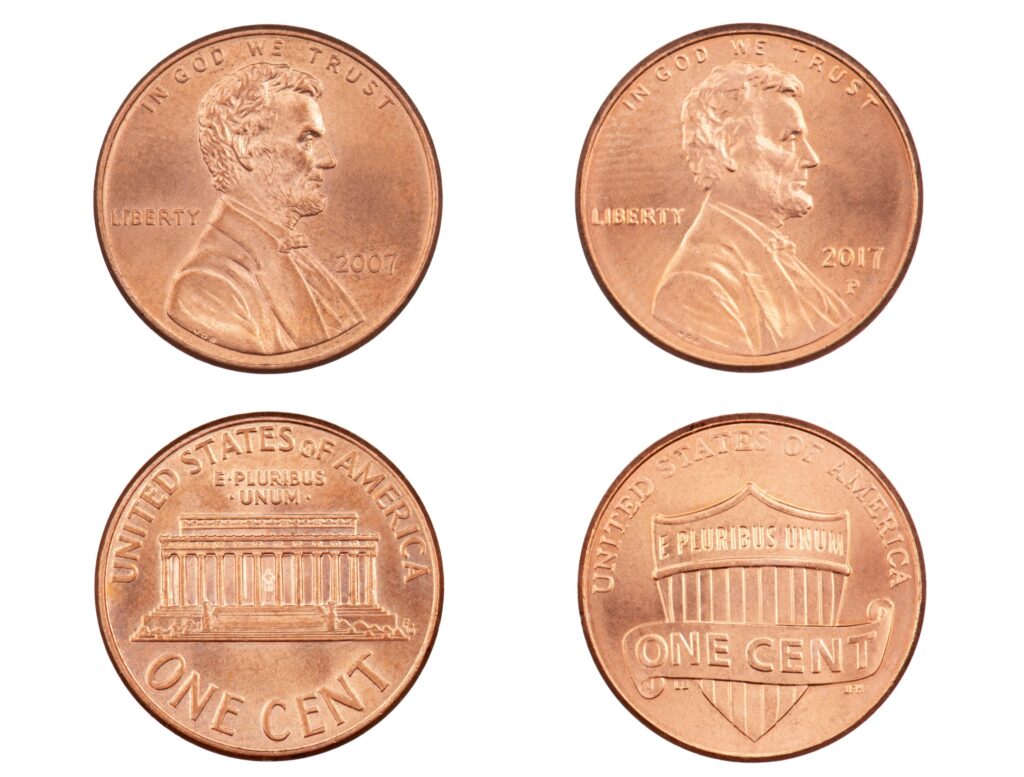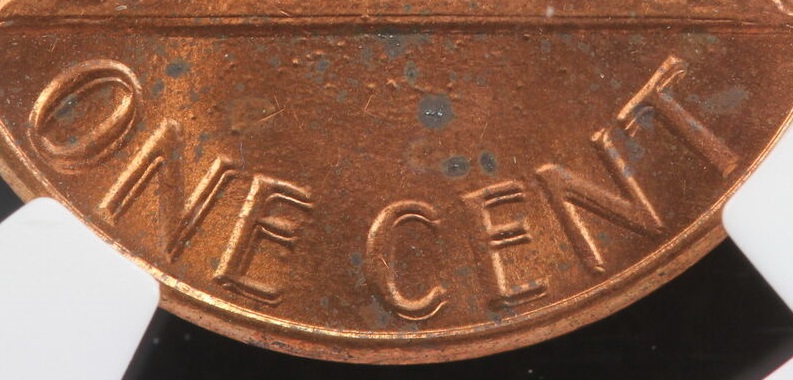
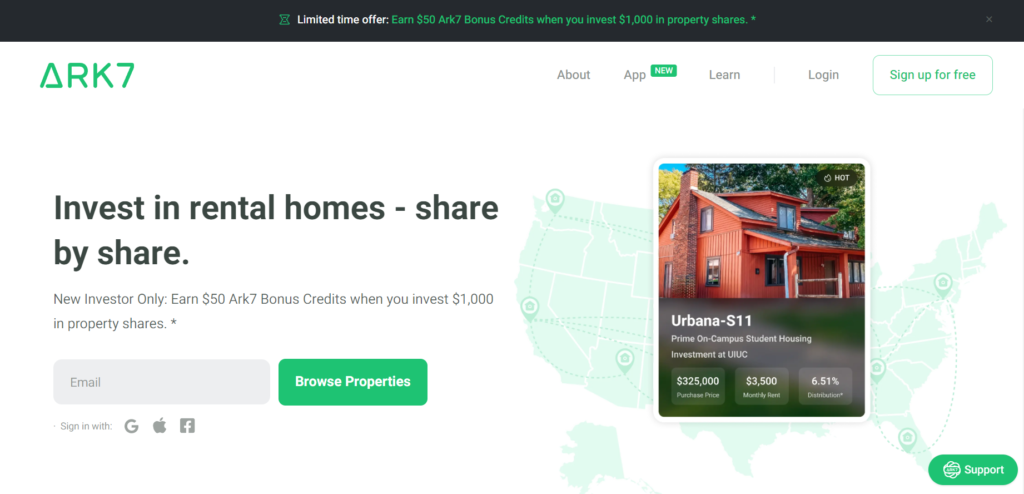
Amidst declining real wages and decade-high interest rates, you might be contemplating entry into real estate. One avenue worth exploring is through crowdfunded real estate platforms, with Ark7 being a notable example. If you are considering investing in real estate through Ark7, you need to know whether it is a trustworthy investment opportunity.
In this article, we will take a look at Ark7, evaluate its safety, and give you an overview of what you need to know to make a good decision.
What is Ark7?
Ark7 is a real estate investment platform that allows investors to invest in commercial and residential properties from as low as $20.
The process involves investors acquiring shares in the properties available on the platform. Subsequently, Ark7 handles property management and other administrative responsibilities. By pooling investment dollars from various investors, the platform acquires properties and distributes shares to its investors.
Is Ark7 Safe?
The short answer is: Yes, Ark7 is mostly safe.
Ark7 is SEC-regulated and follows all legal requirements. The company provides investors with a high degree of transparency on their investment, including their percentage ownership of the underlying property, rental income, financial reports, and maintenance costs. Investors can also track their investment progress through the platform’s dashboard. Here is Ark7 SEC’s filing:
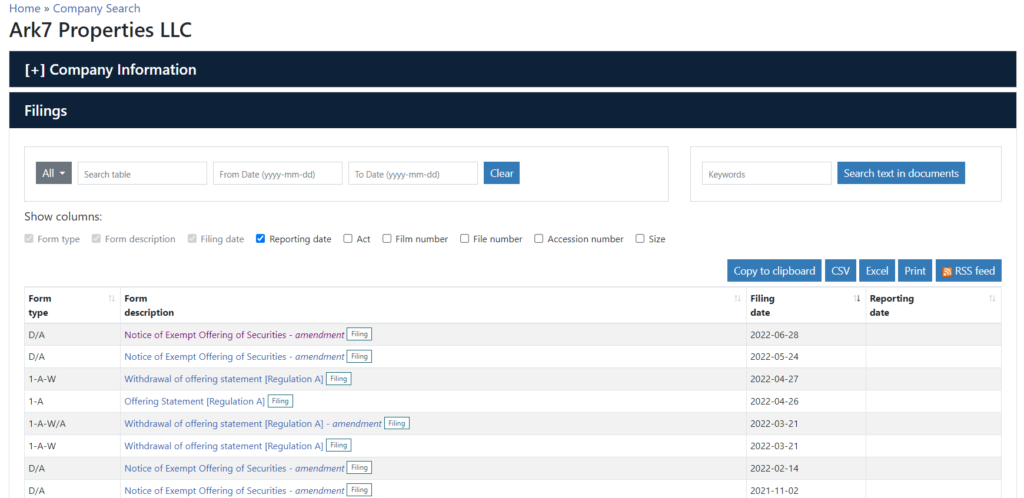
Ark7 also does a good job screening which opportunities to include in their platform. For example, the platform only invests in properties with strong cash flow potential and avoids those with high risk or low return. In addition, the platform uses an experienced property manager that can help mitigate risks.
Ark7 is relatively safe, but it is also subject to all sorts of risks. These include interest rate changes, risk of regulatory change, market fluctuations, or other changes.
What Are the Benefits of Investing in Ark7?

One of the benefits of using Ark7 is its low minimum investment requirement. Investors can start investing for as low as $20, which makes it an accessible investment opportunity for those who are cash-constrained. Another advantage is that investors don’t have to worry about management tasks; Ark7 takes care of everything. Investors receive monthly rental income and have the opportunity to make a profit when the property is sold.
But, the real advantage of Ark7 is its ability for investors to implement a geographically targeted investment approach.
Unlike competitors such as Fundrise, Ark7’s offerings are highly specific — you invest in specific properties in specific cities. If you believe that a specific geographic area may appreciate in value more quickly than others, Ark7 will allow you to make targeted investments to capture that appreciation.
Ark7 has offerings in many, but not all U.S. cities.
Investors can also opt to invest in commercial properties like shopping centers, office buildings, and even industrial properties. Residential assets such as single-family homes, duplexes, and multi-family buildings are also available.
Lastly, if you are thinking about signing up – you can do it here.
Wrapping This Up
In conclusion, is Ark7 safe? Yes, it is. It is a trustworthy platform that allows investors to invest in real estate with reasonable risk. With its SEC-regulated status, transparency, low investment minimums, and geographic focus, it is a good investment opportunity for cash-constrained real estate investors. As with any investment, there are risks involved that investors need to be aware of, but with proper due diligence and research, Ark7 can provide a solid investment opportunity.
Read More Great Dinks Articles
Everything You Always Wanted To Know About Ark7 But Were Afraid To Ask


